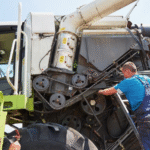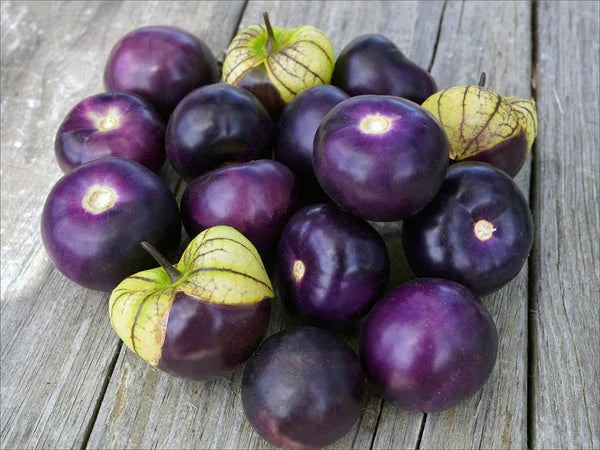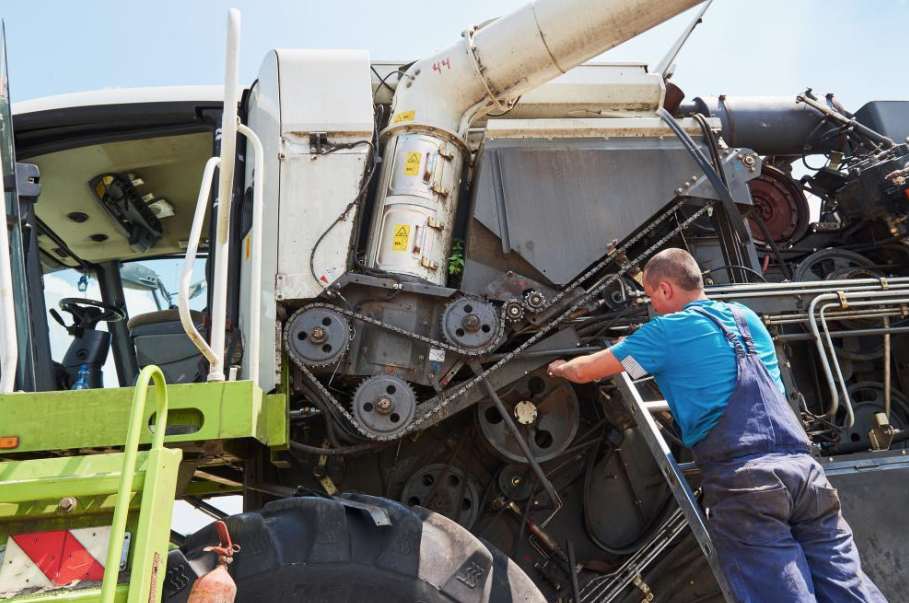Overview
In an era where food supply chains have grown longer and more industrialized, there is a growing movement among gardeners and small-scale farmers to reclaim control over the crops they grow. We will explore how rare seeds—often overlooked in commercial agriculture—bridge traditional practices and modern sustainability. These seeds usually come from heirloom varieties passed down through generations, each holding stories of a particular place, family, or farming method. Growing such seeds connects people to food, culture, and ancestry. Unlike mass-produced hybrid seeds, rare varieties tend to retain their distinct colors, flavors, and resistance traits that are often lost in conventional breeding programs. Home gardeners who cultivate them take on the role of stewards, ensuring these genetic lineages aren’t lost to time. With every season of saving and replanting, the story of these plants continues to evolve while maintaining its original roots.
Reconnecting with Agricultural Heritage Through Seed Saving
- Seed Diversity as a Foundation for Food Resilience
One of the most compelling reasons to seek out and grow rare seed varieties is their contribution to biodiversity and long-term agricultural resilience. Monoculture farming, driven by uniform seed production, has narrowed the genetic pool of many staple crops, making them more vulnerable to pests, diseases, and climate stress. Rare seeds often come from regions where crops adapted over centuries to specific microclimates, developing traits like drought tolerance, pest resistance, or frost hardiness that could be crucial as weather patterns shift unpredictably. Incorporating these seeds into modern gardens helps widen the genetic diversity in our food system. For instance, an old variety of squash from a high-altitude region may carry resistance to cold snaps that can devastate more modern cultivars. Many gardeners find inspiration in collections that offer rare seeds from Indigenous communities, old homesteads, or forgotten agricultural regions at https://natureandnurtureseeds.com/collections/rare-seeds. These seeds broaden the palate and can become part of the solution to future environmental challenges through their genetic resilience.
- The Role of Independent Seed Libraries and Collectors
The movement to conserve and share rare seeds has expanded beyond commercial seed companies in recent decades. Independent seed libraries, nonprofit seed banks, and grassroots collectors have become critical players in keeping these genetic treasures available to the public. Seed libraries operate much like book libraries, allowing people to borrow seeds with the expectation of returning seeds from the next harvest. This model encourages local adaptation and community participation. Meanwhile, private collectors often trade seeds through online forums, seed swaps, or horticultural societies, further strengthening the network of rare seed preservation. These exchanges aren’t just about gardening—they’re about cultural preservation. Many seed savers intentionally grow varieties with historical or ethnobotanical significance, ensuring that certain cultures’ stories, flavors, and traditions remain alive in gardens around the world. The collective act of seed saving reinforces biodiversity and a shared human connection to plants and place, grounded in purpose and passion.
- Growing for Flavor, Story, and Personal Legacy
Many gardeners are drawn to rare seeds for their uniqueness and the flavor profiles and stories they offer. A tomato variety that was once popular in a small village in Italy or a corn strain used for ceremonial meals by an indigenous tribe tells a story in every bite. These crops often have flavors that are absent in uniform supermarket varieties. Their nuances—sweetness, earthiness, or subtle bitterness—can redefine what people expect from familiar foods. Growing rare seeds can also become part of a personal legacy for families. Passing down favorite varieties through generations preserves not only the plant but also the memories associated with it. A child learning to save seeds from a grandparent’s favorite bean plant becomes part of a living lineage. The seeds become more than tools for food production—they become symbols of identity, history, and future intention. Gardening, in this light, becomes a practice rooted in love, care, and continuity.
- Challenges and Rewards of Cultivating Rare Varieties
While the rewards of growing rare seeds are numerous, the process can come with challenges. Some seeds may have lower germination rates or require specific conditions to thrive. Others may not yield as heavily as commercial hybrids bred for uniformity. Yet, growers often embrace these challenges as part of the experience. They learn to observe more closely, adjust conditions, and experiment with planting times or soil amendments to encourage success. The journey of cultivating rare plants becomes a deeper form of engagement—one that teaches patience, observation, and respect for natural cycles. Additionally, maintaining the purity of specific seed lines often requires isolation from related varieties, which encourages a thoughtful layout of garden space and a strategic approach to seed saving. The reward isn’t just the harvest—it’s the process itself. It transforms the act of gardening into an intentional effort to preserve something meaningful, contributing to a global mosaic of agricultural knowledge and plant diversity.
Rare seeds offer more than a botanical novelty—they represent cultural legacies, ecological resilience, and deeply personal stories. As industrial agriculture continues to streamline seed production toward efficiency and mass appeal, rare seeds remind us of traditional agriculture’s richness and complexity. They challenge us to think beyond uniformity and convenience, urging us to participate in a more intentional and sustainable relationship with food. These seeds invite exploration and responsibility for gardeners, farmers, and seed savers alike. They foster a deeper understanding of the land, the seasons, and the interconnectedness of global food traditions. We become growers and guardians of living history by cultivating and sharing them. Through every growing cycle, every saved pod, and every handed-down packet, rare seeds continue to thrive—and in doing so, they help ensure that our collective agricultural future is as diverse and resilient as its past.











